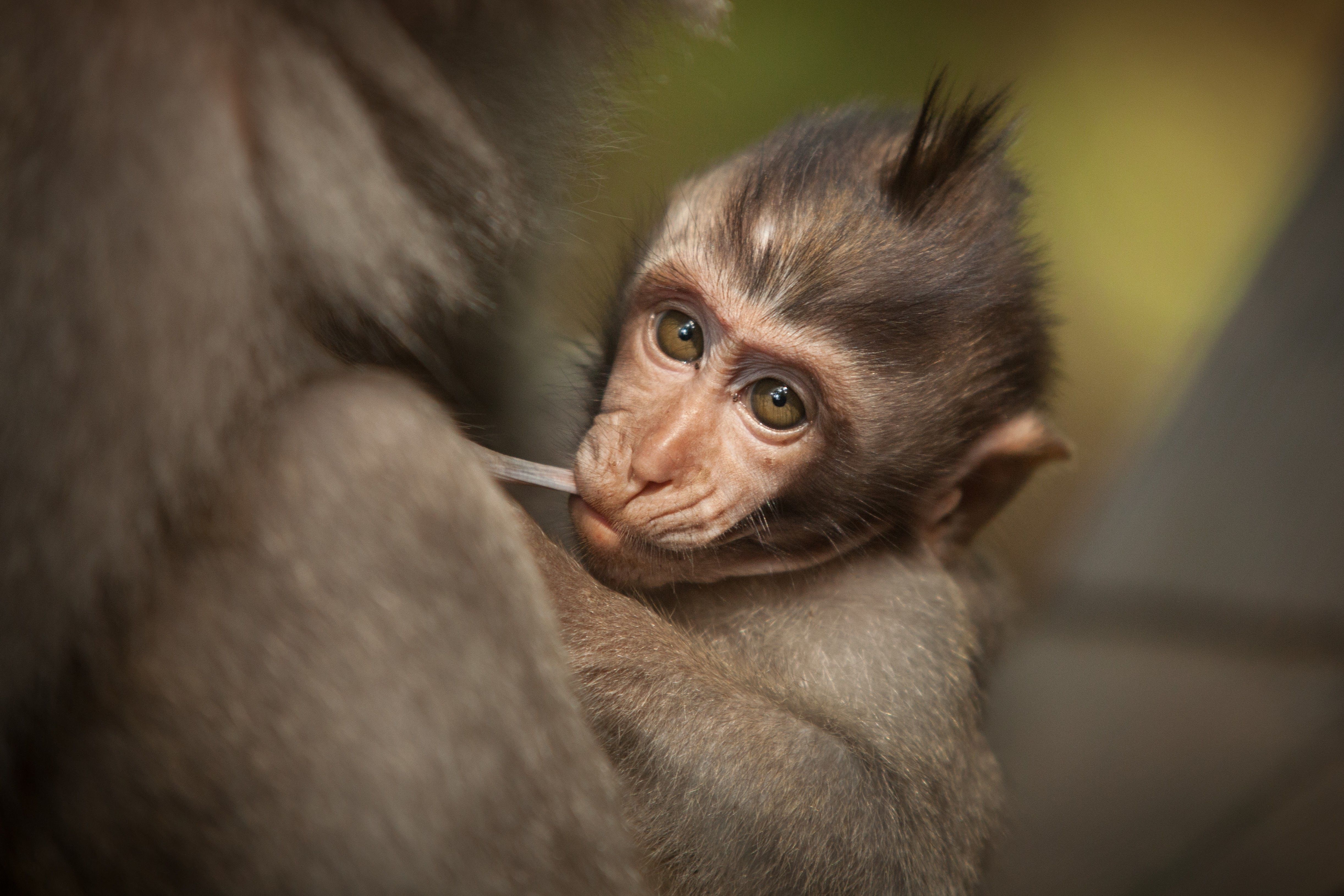Could cloning monkeys to cure cancer be a step too far?
Scientists from China have successfully cloned monkeys, but while some see this as a step forward in creating better animal models of disease with the potential of helping treat cancer, others raise ethical concerns. Is cloning primates a step too far? Could human cloning be next?
A team of scientists, led by Qiang Sun, at the Chinese Academy of Sciences Institute of Neuroscience in Shanghai, is the first to clone monkeys using the same technique which gave us Dolly the sheep in 1996. Named Zhong Zhong and Hua Hua, the world’s first long-tailed macaque clones represent a breakthrough in genetic modification.
Is cloning primates a step too far? Could human cloning be next?
The team explains that these monkeys were produced by a technique which would make it possible to create customisable and genetically uniform populations of monkeys – which have the potential to speed up treatments for many diseases, including Parkinson’s, Alzheimer’s, and cancer. This stems from the fact that these monkeys all inherit the exact same genetic material, which can enable scientists to tweak genes linked to human disease and monitor the impact. However, while this is a technical milestone, it also raises fear that human cloning may be the next goal.
Since Dolly the sheep, 23 species of mammal have also been cloned, including dogs, cats, rats, and pigs. In 2000, researchers attempted to clone monkeys, which proved resistant to the technique which gave us Dolly, but did so by splitting an embryo after fertilisation. While this is considered a cloning method, the monkeys were essentially genetically identical twins as opposed to clones of another individual. Using this method, only a maximum of four identical animals can be made.
18 years later, enter Sun and his colleagues, who modified the Dolly method such that it can now create a theoretically limitless number of clones. This new method is somatic cell nuclear transfer and involves the removal of a nucleus from a donor cell, which is then replaced with one taken from another individual. An electric current tricks the cell into believing it has been fertilised, beginning the development into an early embryo. The embryo will grow into an identical clone of the individual from whom the donor nucleus was taken, after implanting into a surrogate uterus.
Although this technique has been attempted before in monkeys, no attempts progressed further than the early embryonic stage (also known as a blastocyst). Sun achieved success by introducing two new ingredients to a mix of growth factors and nutrients needed for embryo growth. The addition of messenger RNA and trichostatin A awakened approximately 2000 genes vital for embryonic development.
The embryo will grow into an identical clone of the individual from whom the donor nucleus was taken
Sun’s team also discovered that cloning macaques was easier when foetal cells were used, as opposed to adult macaque cells. Zhong Zhong and Hua Hua were both created using cells extracted from an aborted female foetus. Here, the word ‘easier’ is used very lightly, as Zhong Zhong and Hua Hua were the only live births from six pregnancies, despite 79 embryos being implanted in 21 surrogates. However small it may seem, this is an improvement, given that Dolly was the only live birth from 277 implanted embryos.
“For many cell types, reprogramming is more difficult for adult cells than for foetal cells,” explains Robert Lanza, chief scientist at the Astellas Institute for Regenerative Medicine in Massachusetts. Lanza led the team which cloned human adult skin cells for the first time ever in 2014. This hurdle may put to rest growing fears of human cloning becoming a reality soon. “It could be a step towards human cloning, but why would it?” asks Peter Andrews from the University of Sheffield, when discussing whether the team from China opened an ethical can of worms.
However, the Chinese team declared that its primary focus is to use the cloned monkeys as a method with which they can create better animal models of disease. These improved models could accelerate medical therapies, particularly for complex diseases which prove hard to mimic, including that of Parkinson’s and Alzheimer’s in mice.
These improved models could accelerate medical therapies
All current therapies which treat Alzheimer’s-like symptoms in mice fail to do some in humans. It is argued that this is the case as the mouse model is too genetically different to the human disease. Using a better model of Alzheimer’s in cloned monkeys by knocking out genes which play a similar role in both humans and monkeys could be the solution for this. One such gene has been identified – one that triggers the production of beta-amyloid plaque in the brain – a characteristic of Alzheimer’s.
Despite its controversies, this technical milestone has the potential to help develop our understanding and treatment methods of many complex diseases. Scientists argue that monkeys are so closely related to us and have advanced minds and complex social networks, and thus will tell us much more about human diseases than mice ever could. But is this all too close to home?

Comments